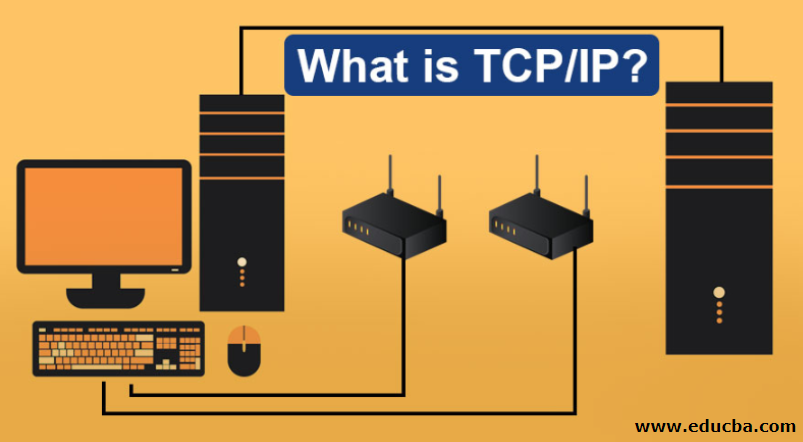

The router is a network device that operates at layer 3 of the OSI model. What is the function of a router in networking? Hence, the router is a device that processes IP routing.Ĥ. IP routing occurs at layer 3 of the OSI model. IP routing is the process of finding the best possible path to send IP packets from source to destination in an IP network. What do you understand by IP routing and mention different types of routing? Hence is used in real-time communication such as live streaming.ģ. It is also called a connectionless protocol. it is called unreliable because it does not guarantee the delivery of the segment to the destination. Hence, it is also called the reliable protocol. It waits for the acknowledge message for every segment sent to the destination. It establishes the TCP connection between the two hosts before exchanging the data between them. TCP stands for transmission control protocol.

The frame is further transmitted over the physical link on the same network. The data framing is done by adding a physical address of the host. The network interface layer is responsible for encapsulating IP packets received from the internet layer to data frames.

Every node in a network is uniquely identified by its respective IP address. IP (Internet Protocol) is the major protocol in this layer that provides a logical addressing scheme for data packets from source to destination. The Internet layer is responsible for the delivery of packets from source to destination across the communication network. TCP and UDP are the two major protocols of the transport layer. It provides the functionalities such as Segmentation and reassembly, Service point addressing, Connection control. The transport layer is responsible for the process to process communication between the two hosts. The different protocols and services used in this layer are HTTP, Telnet, FTP, DNS, DHCP, SMTP etc. It provides network access to the users and applications. The application layer is the topmost layer. TCP/IP model has four different layers namely: What are the different layers of the TCP/IP model? This section will provide you the most commonly asked CCNA interview questions and answers. What is the range of private IP v4 address What is the difference between peer to peer and client-server network What is the function of DNS with the network? What is the function of SNMP in network operation? What do you understand by administrative distance?


 0 kommentar(er)
0 kommentar(er)
